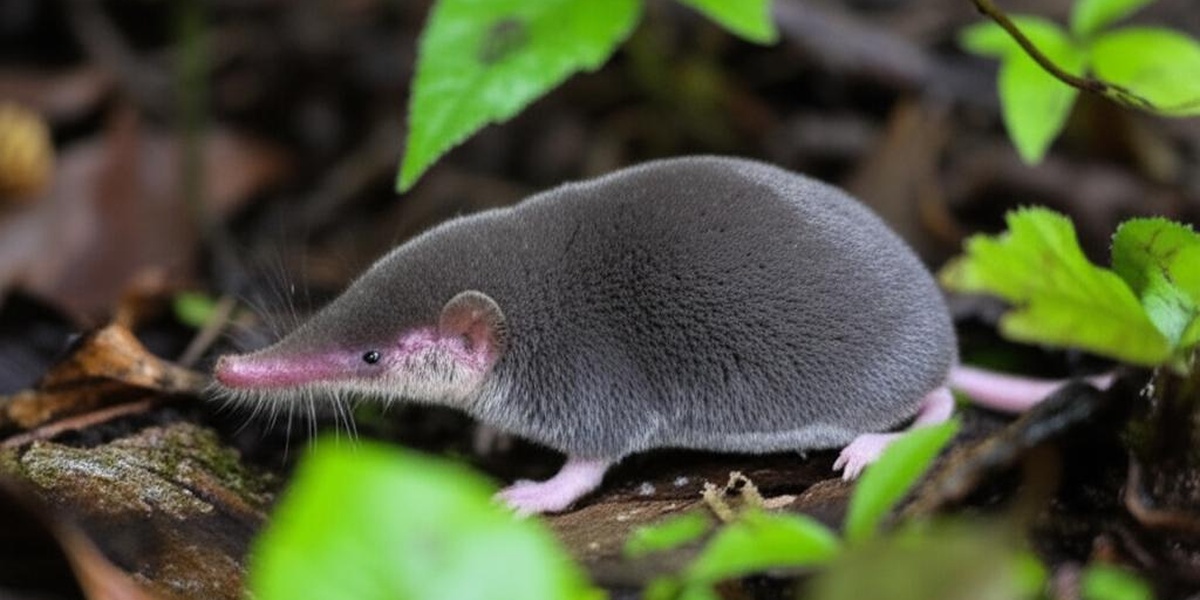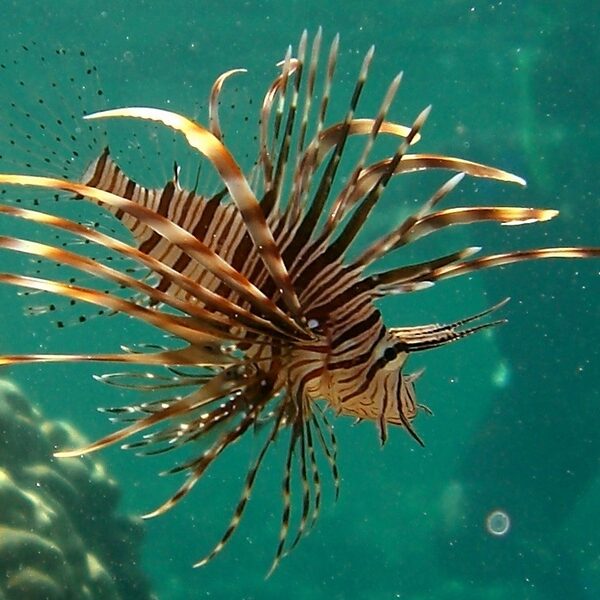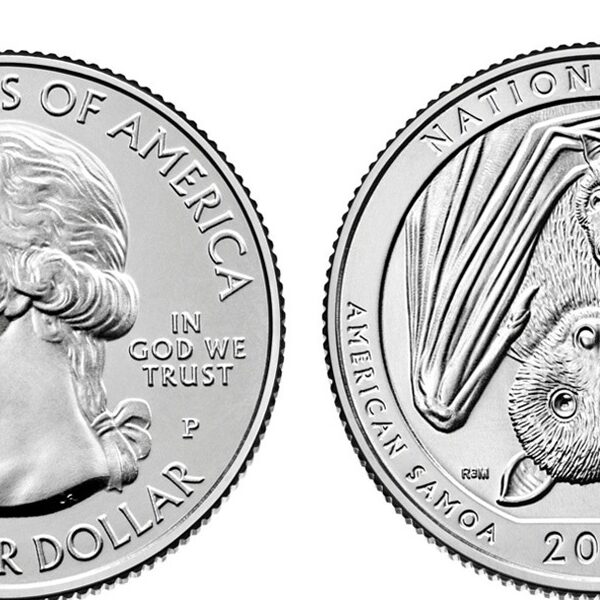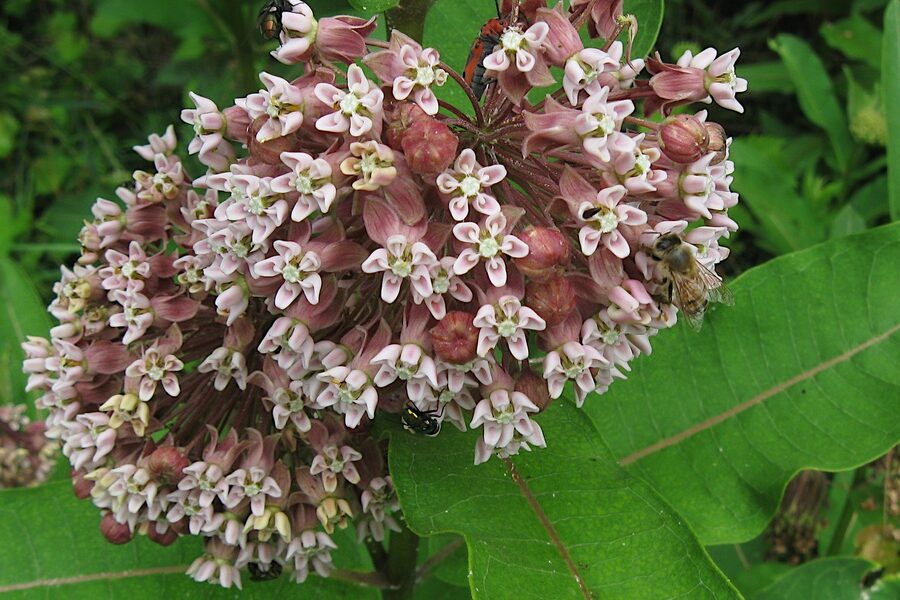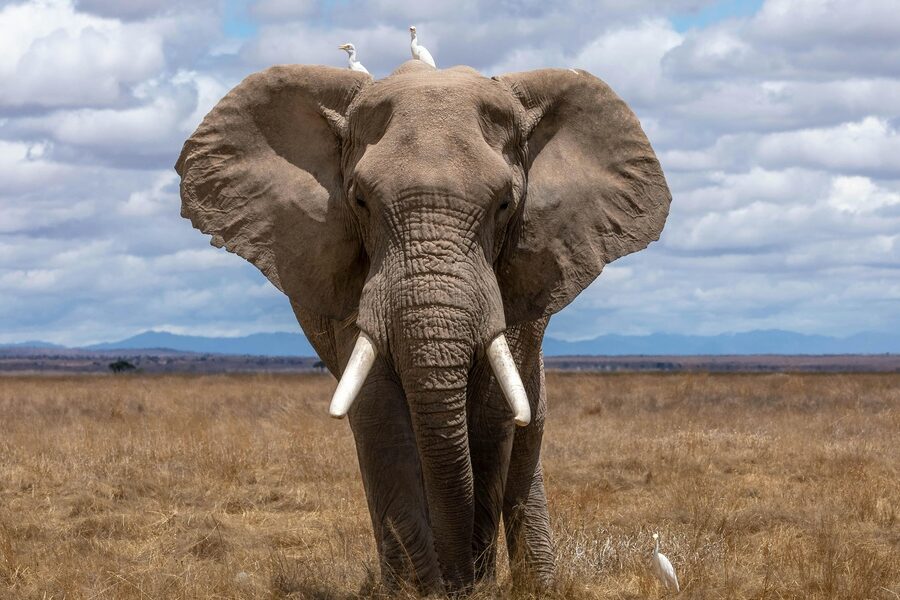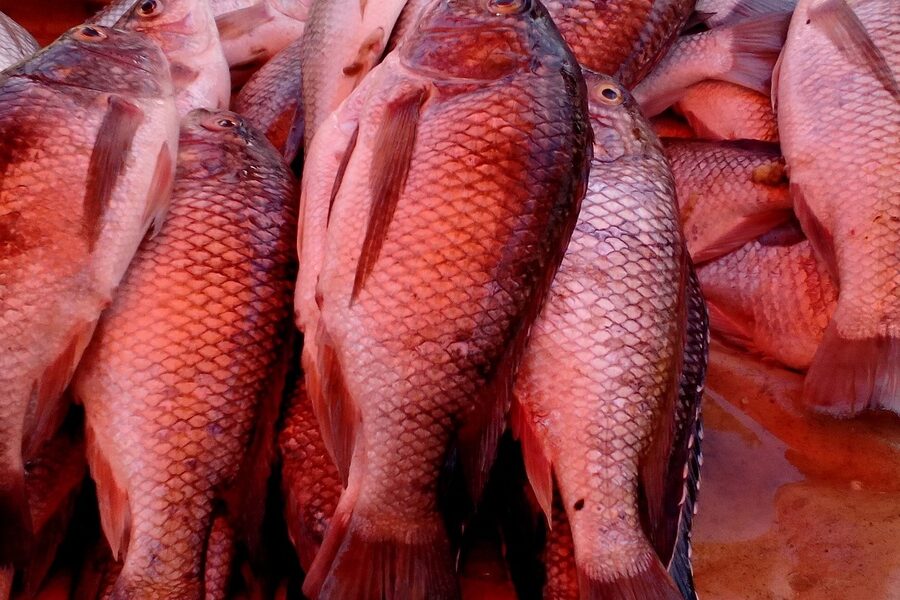Ghana’s mix of coastal lagoons, rainforests and savanna creates pockets of habitat where unique animals can evolve and survive. From small streams to patchy forest reserves, local species often have very limited ranges that make them easy to miss unless you know where to look.
There are 9 Animals Only Found in Ghana, ranging from Afia Birago’s Puddle Frog to Wimmer’s Shrew. For each entry you’ll find below the Scientific name, Size (cm), Endemic range so you can quickly see where each species lives and how big it gets — and use that to plan sightings or further reading you’ll find below.
Where in Ghana should I go to try and see these species?
Many endemic animals occur in specific habitats: visit high-quality rainforest remnants (like Kakum and Atewa) for forest specialists, and inspect small streams or leaf litter for tiny frogs and shrews. Hiring a local guide and checking recent survey reports increases your chances because some species are known only from a few sites.
Are these species protected or at risk, and what can visitors do?
Some endemics are vulnerable due to habitat loss and limited ranges; protection varies by species and site. Visitors can help by supporting reserves, sticking to trails, avoiding disturbance, and reporting sightings to local conservation groups to improve knowledge and protection.
Animals Only Found in Ghana
| Name | Scientific name | Size (cm) | Endemic range |
|---|---|---|---|
| Wimmer’s Shrew | Crocidura wimmeri | 8 | Strict endemic; known only from the Atewa Range forest reserve |
| Ghana Puddle Frog | Phrynobatrachus ghanensis | 2 | Strict endemic; leaf litter of the Atewa Range forest |
| Intermediate Puddle Frog | Phrynobatrachus intermedius | 2 | Strict endemic; swamp forests of the Ankasa Conservation Area |
| Afia Birago’s Puddle Frog | Phrynobatrachus afiabirago | 2 | Strict endemic; high-altitude swamps in the Atewa Range forest |
| Frempong’s Jewel Cichlid | Hemichromis frempongi | 10 | Strict endemic; found only in the meteorite crater Lake Bosumtwi |
| Bosumtwi Tilapia | Tilapia busumana | 14 | Strict endemic; exclusively inhabits the isolated Lake Bosumtwi |
| Miss Waldron’s Red Colobus | Piliocolobus waldronae | 90 | Near-endemic; Tano-Nimiri Forest Reserve and into Côte d’Ivoire |
| Togo Toad | Sclerophrys togoensis | 9 | Near-endemic; forested highlands along the Ghana-Togo border |
| Forest Agama | Agama sylvanus | 13 | Near-endemic; high forests of the Volta Region and into Togo |
Images and Descriptions
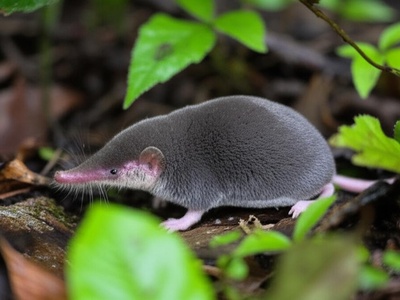
Wimmer’s Shrew
This tiny shrew is one of the world’s most endangered mammals and is possibly extinct, having not been seen since 1976. Its fate is directly linked to the protection of Ghana’s critically important Atewa upland forest.
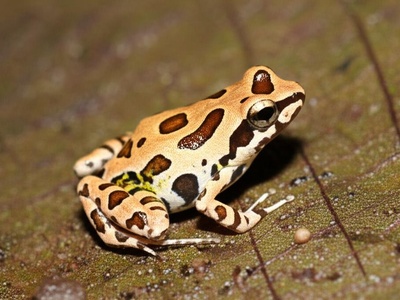
Ghana Puddle Frog
A minuscule frog only discovered in 2009, this critically endangered species is a true gem of the Atewa forest. It is highly vulnerable to habitat loss from deforestation and proposed bauxite mining in its single, tiny location.
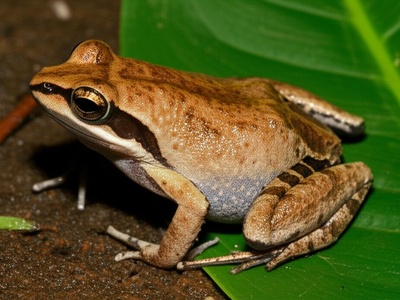
Intermediate Puddle Frog
This tiny, brown frog was first described by science in 2009. It is a habitat specialist, meaning its entire global population depends entirely on the continued health and protection of the pristine Ankasa rainforest in southwestern Ghana.
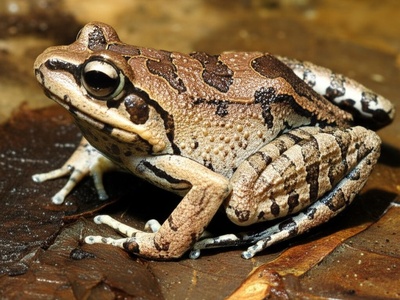
Afia Birago’s Puddle Frog
Named for Ghanaian conservationist Afia Birago, this critically endangered frog is another unique resident of the Atewa Range. Its quiet, creaking call can be heard near streams, but its future is uncertain due to threats to its forest home.
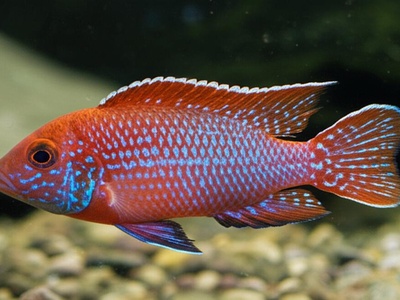
Frempong’s Jewel Cichlid
This beautiful cichlid is a stunning example of evolution in isolation, found nowhere else on Earth but this ancient crater lake. It is vulnerable to pollution and the introduction of non-native species that could disrupt its unique ecosystem.
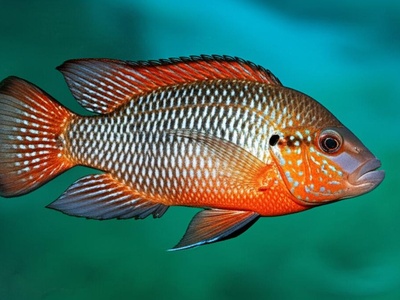
Bosumtwi Tilapia
An important fish for local communities, this tilapia is uniquely adapted to the deep, mineral-rich waters of the crater lake. Its population is threatened by overfishing and changing water quality, highlighting the fragility of its isolated home.
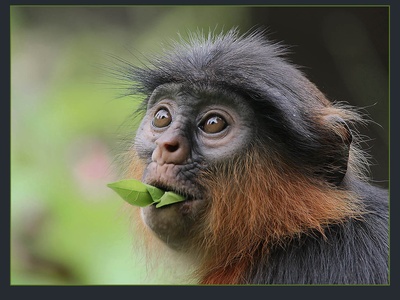
Miss Waldron’s Red Colobus
This large, colorful monkey has not been officially seen alive since 1978 and is widely feared to be the first primate to go extinct in centuries. It is a tragic symbol of the devastating impact of hunting and habitat loss.
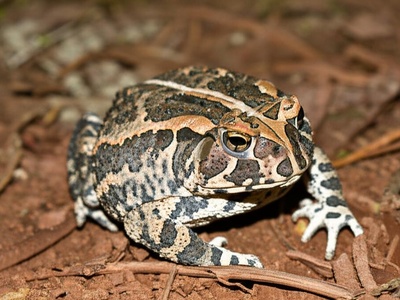
Togo Toad
Despite its name, this large toad is a key resident of the forests in Ghana’s Volta Region. It is notable for its warty skin and terrestrial habits, but its population is threatened by the conversion of its forest habitat to farmland.
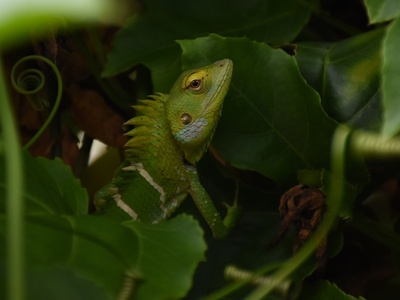
Forest Agama
A spectacular lizard where males display brilliant blue heads to attract mates. This reptile is rarely seen as it lives high in the forest canopy, and its survival depends on the preservation of mature, undisturbed forests along the border.
